The wilds of America host a surprising array of predators beyond the wolves and mountain lions we hear about. Let’s dive into the unexpected creatures that lurk in our own backyards—some might even make you rethink your next hike.
1. Fisher: The Fierce Forest Phantom

YouTube
Don’t let the cute name fool you—fishers are relentless hunters. These carnivores, part of the weasel family, are small but mighty, with the ability to take down porcupines, yes, quill-covered porcupines. Their sharp teeth and claws make them efficient killers, and their climbing skills mean there’s no escape for prey in trees. Found in dense forests, they’re known for their eerie scream-like calls. You won’t spot them easily—they’re incredibly elusive—but they’re always on the prowl.
2. Velvet Ant (Cow Killer): The Painful Stinger

YouTube
This brightly colored insect may look like a fuzzy little friend, but the velvet ant packs a punch. Technically a type of wasp, females lack wings but make up for it with an excruciating sting. Nicknamed the “cow killer” because its sting supposedly hurts enough to take down a cow (though it won’t), this tiny terror is a predator to other insects, raiding nests and devouring larvae. They’re found across the southern and eastern U.S., lurking in sandy soil and sunny spots.
3. Giant Water Bug: The Toe-Biter
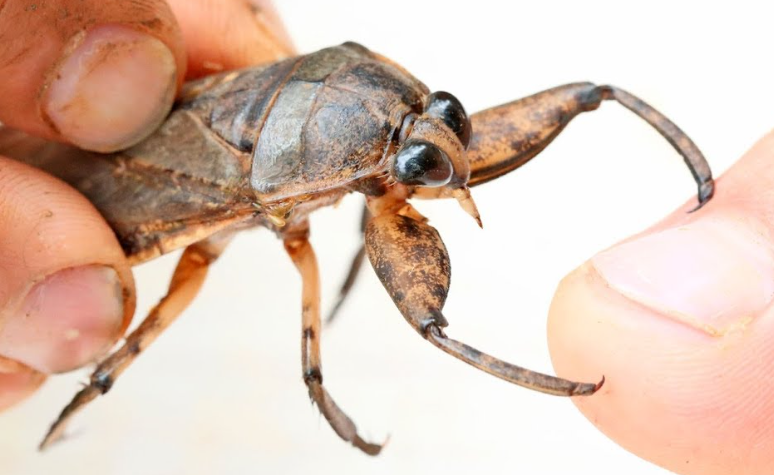
YouTube
Living in ponds, lakes, and slow-moving rivers, the giant water bug earns its nickname “toe-biter” with its strong pincers. These aquatic assassins lie in wait for fish, frogs, and even small snakes, stabbing their prey with a beak that injects enzymes to liquefy their insides. If provoked, they’ll bite humans too, delivering a painful wound. Though not deadly to people, their tenacity and size (up to 4 inches long!) make them a predator worth avoiding.
4. Ocelot: The Rare, Spotted Stalker

YouTube
Ocelots might remind you of a mini leopard, but their stealth is unparalleled. Native to southern Texas and parts of Arizona, these nocturnal hunters blend seamlessly into dense brush. They prey on rodents, reptiles, and birds with quiet precision. Ocelots are endangered and rarely seen, but if you venture far enough into their habitat, you’ll feel the eerie sense of being watched by this ghost of the night.
5. Northern Shrike: The Butcher Bird
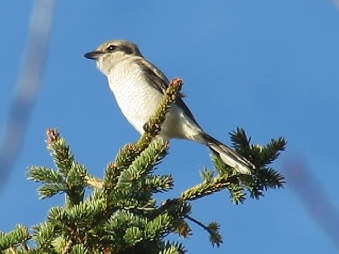
YouTube
This small bird may seem harmless, but the northern shrike is a ruthless predator. Known as the “butcher bird,” it impales its prey—small mammals, insects, and even other birds—on sharp branches or barbed wire. Why? To save snacks for later. Found in the northern U.S. and Canada, this winged assassin is proof that size doesn’t matter when it comes to being a cold-blooded killer.
6. Short-Tailed Weasel (Ermine): The Winter Warrior
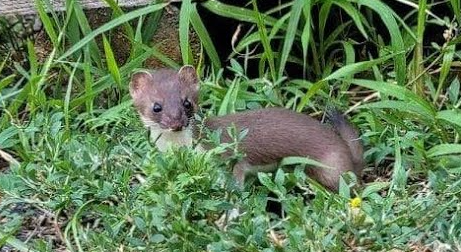
YouTube
With its sleek white winter coat, the short-tailed weasel looks more like a snowball come to life than a predator. Don’t be fooled—this tiny terror is an expert hunter. Its agility, combined with a ferocious bite, allows it to take down prey much larger than itself, including rabbits and squirrels. Found in northern states, ermines are relentless in the cold months, turning their hunger into a finely tuned survival skill.
7. Hog-Nosed Snake: The Bluff Master
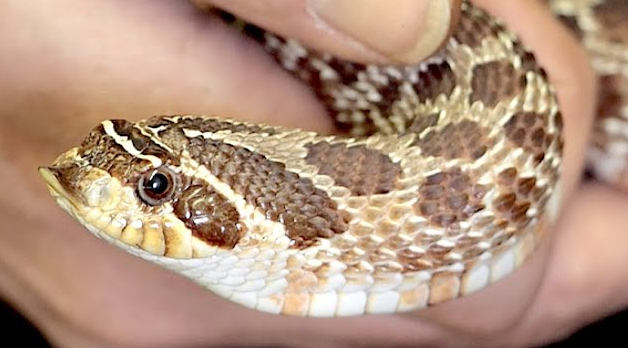
YouTube
The hog-nosed snake has a unique skill: it plays dead when threatened, flipping onto its back and emitting a rancid smell. But when it’s not putting on a performance, it’s a predator of frogs, toads, and small mammals. With rear fangs that help subdue prey, this snake is nonvenomous but no less effective. Found in sandy areas and forests across the U.S., it’s one you might accidentally step on during a hike—if it doesn’t “die” first.
8. American Mink: The Aquatic Assassin
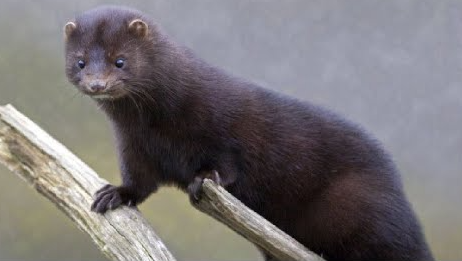
YouTube
American minks are like tiny underwater ninjas. With webbed feet and a streamlined body, they’re perfectly built for hunting fish, crayfish, and even waterfowl. Minks can dive up to 15 feet and are known for their lightning-fast reflexes. Found near streams and rivers, they’ve been known to raid chicken coops too, making them a farmer’s nightmare. Adorable? Sure. Dangerous? Absolutely.
9. Tarantula Hawk: The Fearless Wasp
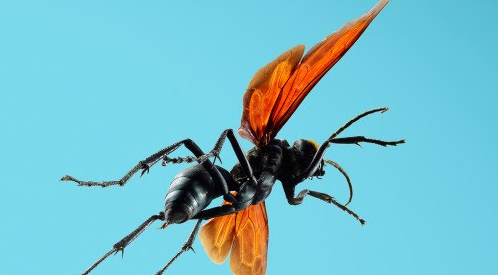
YouTube
This giant wasp hunts tarantulas, and its sting is ranked as one of the most painful in the insect world. After paralyzing a tarantula with its venom, the female drags it to her burrow, lays an egg on it, and lets the wasp larva feast on the still-living spider. Found in the southwest, this predator’s sting is unforgettable for humans—though they rarely attack unless provoked.
10. Ringtail Cat: The Stealthy Climber
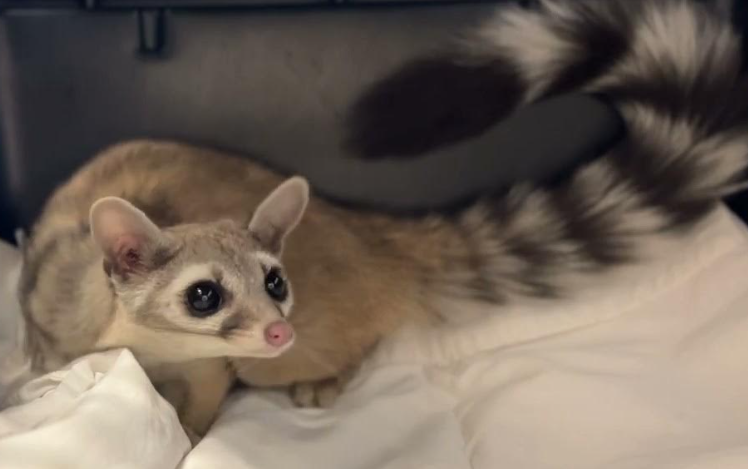
YouTube
espite the name, ringtail cats aren’t cats—they’re more closely related to raccoons. These nocturnal predators are expert climbers and hunters, preying on birds, rodents, and insects. Found in rocky deserts and forests across the western U.S., they’re incredibly agile, able to leap between branches with ease. Their adorable appearance hides their sharp claws and even sharper instincts.
11. Red-Backed Salamander: The Tiny Terror
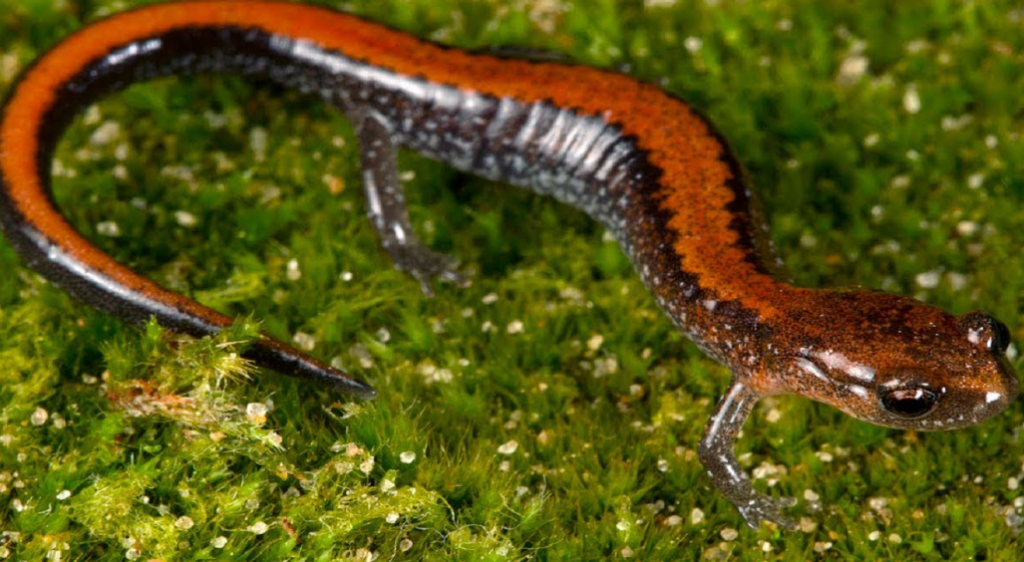
YouTube
Small but mighty, the red-backed salamander is a predator of invertebrates like spiders, worms, and snails. Found in moist forests, this salamander defends its territory fiercely, attacking rivals and devouring anything smaller. Its secret weapon? A toxin in its skin that deters larger predators, making it a formidable player in the forest’s food chain.
12. Solitary Bees: The Sting that Lingers
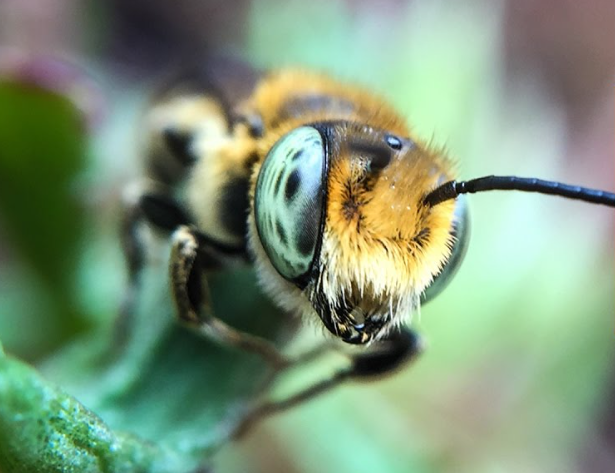
Not all bees are harmless pollinators. Solitary bees, like sweat bees and digger bees, can be aggressive when defending their nests. While their sting isn’t as deadly as other predators, it’s painful and often unexpected. Found throughout the U.S., these bees hunt small insects to feed their larvae. Their persistence makes them both fascinating and fearsome.
13. Alligator Gar: The Ancient Predator
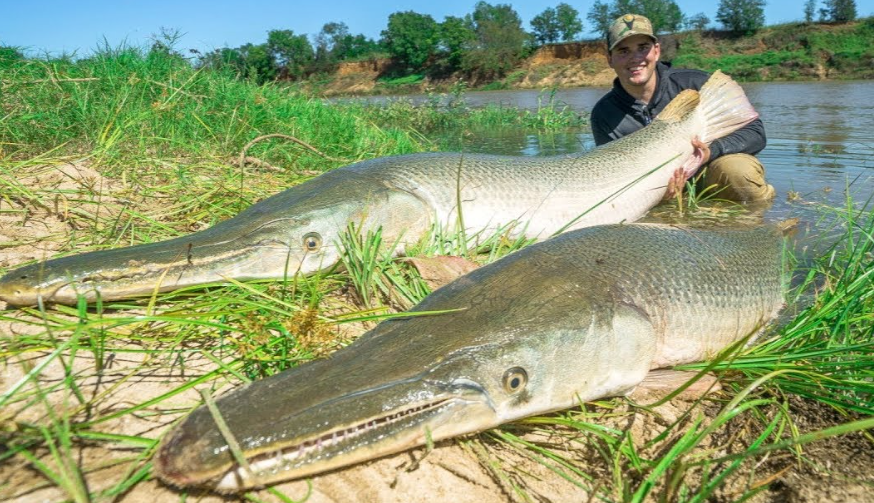
YouTube
Looking more like a prehistoric creature than a modern fish, the alligator gar is a fearsome aquatic predator. Found in rivers and swamps across the south, these fish have razor-sharp teeth and a powerful bite, preying on smaller fish, turtles, and even waterbirds. They can grow up to 10 feet long and weigh over 300 pounds, making them one of the largest freshwater predators in North America.


